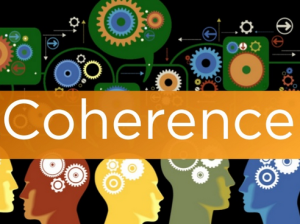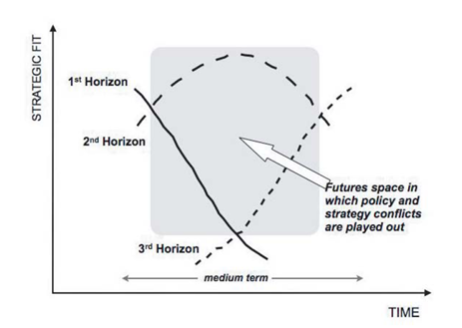 Innovation often fails to align to the strategic needs. This is often not the fault of the innovator.
Innovation often fails to align to the strategic needs. This is often not the fault of the innovator.
Many innovators are simply happily working away with no specific guidelines, apart from the general remit of “we need to be more innovative”, it lies in the boardroom that is not communicating the board’s needs clearly enough down the organization.
Building up our capacity to innovate does need to understand and reflect the organization’s business activities, as innovators need to grasp the value creation aspects that will deliver the necessary capital-efficient and profitable growth, and then ‘go in pursuit’ to achieve their contribution to these goals.
Even the basic questions often remain unclear, those of how are we looking to grow revenue, save costs, reduce working capital or improve our fixed capital? Managing our innovation activities can help in all of these. Actually if you ask I expect the CFO would say “all of them” but each does have implications on understanding of the fit and eventual role of innovation’s contribution.



